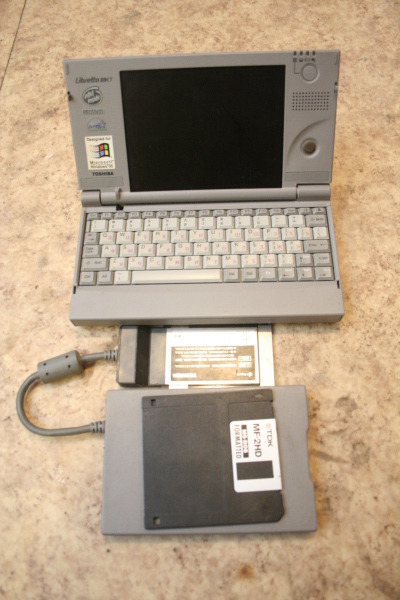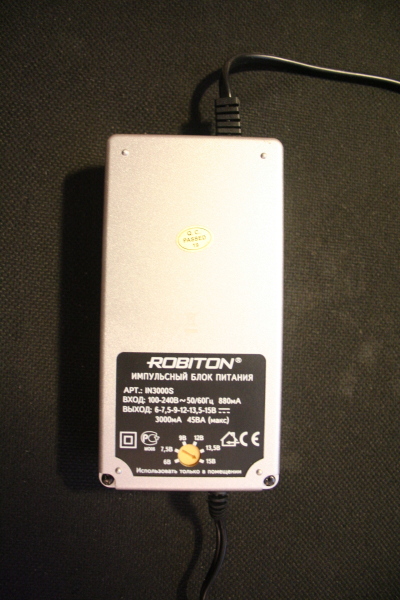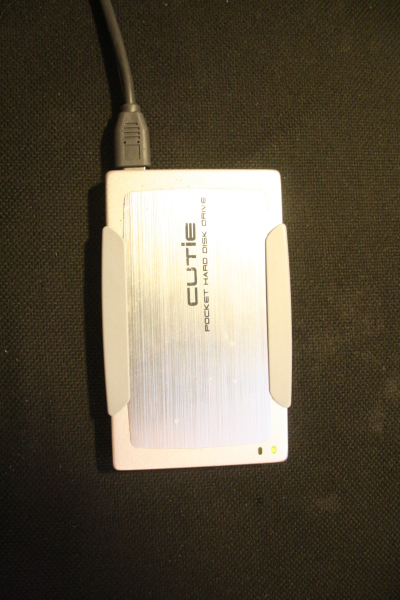Revival of the legend: we put the OS on Libretto 50 CT
Inspired by the articles of my friend kurtkrut about how laptops were made in the 90s, I remembered that there was just the same machine in the country, I immediately thought to revive it and even start using it. This Toshiba Libretto 50 CT came to me a long time ago from my friend, I used it mainly for writing reports at school and programming in Turbo Pascal. After I lost the power supply, the laptop was abandoned with a dead battery to hell.

So, I found my Libretto and decided to revive it using Linux!
So in order to start this unit it was necessary to find a power supply and take into account all the limitations of equipment and hardware available, and they are not small. Firstly, I only had PCMCIA Floppy from the manufacturer, and there was no CD-ROM or ZIP, as well as the ability to get them. Secondly, the HDD in the laptop is 810MB, which does not allow writing a full-fledged image of a Linux distribution to it. I found out what kind of power supply I needed from kurtkrut and went for the 15B unit to the store. Already in the store took what was on the 15V, which was the first step.

Next, I studied the distributions and the possibility of installing them on weak computers. It was decided to try 3 distributions:
')
To install DSL, I needed to download the latest installation disk and prepare a set of boot floppies. The hard drive was removed from the laptop to write an installation disk to it. An external controller was used for operation.

Screw had to be divided immediately into three sections:
Burning the image to the newly broken disk was successful right away, it was also easy to create floppy disks and boot disks (there are three of them in theory)
Replacing the screw in place, I started the process: after checking the memory, the laptop gave me a GRUB prompt with installation options where I entered due to the dsl options fromhd = / dev / hda mem = 16M. The kernel was loaded for several minutes and required a root floppy disk, but the floppy was somehow strangely buzzing, after examining the log, it became clear that Toshiba’s regular floppy was undecided ... I couldn’t do anything about it.
DSL in such a way could not be put on it due to the lack of support for the floppy disk drive.
Pulling out the screw, I decided to install Deli Linux in the same way, but tormsbt linux was used to boot from floppy. Recorded the necessary data on the screw, created a floppy disk. I load and see absolutely the same picture as in the first case.
It became clear that all the floppy distributions are based on the same package and they do not support Toshiba floppies. It's a pity…
After reading all that I found on this topic on the net, I liked the idea of installing from a virtual machine. I once saw the opportunity to connect a physical screw to a virtual machine and this virtual machine was VMware, having created a new guest system in it, I was disappointed that it only hooks the physical screw as a SCSI device. So, I created a virtual screw like IDE and put Deli on it. The next step was to boot from the Ubuntu LiveCD in a virtual machine and hooked virtual and physical hard drives. With the dd utility, I copied everything from one to another.
#dd if = / dev / hda of = / dev / sda
So I got a HDD with an installed system and a slightly wrong partition table. Using the fdlisk utility, after adjusting the partition table, I returned the disk to my laptop’s native connector.
It is not possible to imagine my delight when I saw the LILO loader and the choice of Deli. Clicking on a system point, I was again disappointed: the kernel booted and reached init, but after the current, as it began to check with the fsck.ext2 partitions, I saw a core dump ... my breakdown had no limits ...
In this way, I tried to install all three systems proposed above, but the result was only one with different addresses in the core dump.
So, I concluded that it is impossible to put Linux on this machine without additional processing and acceleration, everything was checked on the same Libretto 50CT for kurtkrut and the result was the same.
All three approaches made it possible to study how to install systems without a network and a CDROM, with only floppy in hand. If the kernel booted up normally, then I would be happier, but the main thing is experience!
The first pancake is lumpy, but I did not stop and make it work under DOS and WIN95;)

So, I found my Libretto and decided to revive it using Linux!
Introduction
So in order to start this unit it was necessary to find a power supply and take into account all the limitations of equipment and hardware available, and they are not small. Firstly, I only had PCMCIA Floppy from the manufacturer, and there was no CD-ROM or ZIP, as well as the ability to get them. Secondly, the HDD in the laptop is 810MB, which does not allow writing a full-fledged image of a Linux distribution to it. I found out what kind of power supply I needed from kurtkrut and went for the 15B unit to the store. Already in the store took what was on the 15V, which was the first step.

Next, I studied the distributions and the possibility of installing them on weak computers. It was decided to try 3 distributions:
- DSL
- Black cat linux
- Deli linux
')
Attempt number 1
To install DSL, I needed to download the latest installation disk and prepare a set of boot floppies. The hard drive was removed from the laptop to write an installation disk to it. An external controller was used for operation.

Screw had to be divided immediately into three sections:
- Section with DSL installation on 120 MB in FAT16
- 32MB swap swap partition
- Section to use
Burning the image to the newly broken disk was successful right away, it was also easy to create floppy disks and boot disks (there are three of them in theory)
Replacing the screw in place, I started the process: after checking the memory, the laptop gave me a GRUB prompt with installation options where I entered due to the dsl options fromhd = / dev / hda mem = 16M. The kernel was loaded for several minutes and required a root floppy disk, but the floppy was somehow strangely buzzing, after examining the log, it became clear that Toshiba’s regular floppy was undecided ... I couldn’t do anything about it.
Conclusion
DSL in such a way could not be put on it due to the lack of support for the floppy disk drive.
Attempt number 2
Pulling out the screw, I decided to install Deli Linux in the same way, but tormsbt linux was used to boot from floppy. Recorded the necessary data on the screw, created a floppy disk. I load and see absolutely the same picture as in the first case.
Conclusion
It became clear that all the floppy distributions are based on the same package and they do not support Toshiba floppies. It's a pity…
Attempt number 3
After reading all that I found on this topic on the net, I liked the idea of installing from a virtual machine. I once saw the opportunity to connect a physical screw to a virtual machine and this virtual machine was VMware, having created a new guest system in it, I was disappointed that it only hooks the physical screw as a SCSI device. So, I created a virtual screw like IDE and put Deli on it. The next step was to boot from the Ubuntu LiveCD in a virtual machine and hooked virtual and physical hard drives. With the dd utility, I copied everything from one to another.
#dd if = / dev / hda of = / dev / sda
So I got a HDD with an installed system and a slightly wrong partition table. Using the fdlisk utility, after adjusting the partition table, I returned the disk to my laptop’s native connector.
It is not possible to imagine my delight when I saw the LILO loader and the choice of Deli. Clicking on a system point, I was again disappointed: the kernel booted and reached init, but after the current, as it began to check with the fsck.ext2 partitions, I saw a core dump ... my breakdown had no limits ...
Conclusion
In this way, I tried to install all three systems proposed above, but the result was only one with different addresses in the core dump.
Conclusion
So, I concluded that it is impossible to put Linux on this machine without additional processing and acceleration, everything was checked on the same Libretto 50CT for kurtkrut and the result was the same.
All three approaches made it possible to study how to install systems without a network and a CDROM, with only floppy in hand. If the kernel booted up normally, then I would be happier, but the main thing is experience!
PS
The first pancake is lumpy, but I did not stop and make it work under DOS and WIN95;)
Source: https://habr.com/ru/post/46025/
All Articles